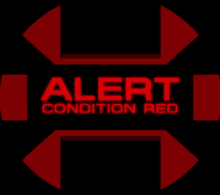Working out the pitch of gears
-
Recently Browsing 0 members
- No registered users viewing this page.
-
Latest Posts
-
- 3 replies
- 59 views
-
- 2 replies
- 30 views
-
- 1,658 replies
- 111,695 views
-
- 0 replies
- 32 views
-
- 180 replies
- 10,813 views
-




Recommended Posts
Join the conversation
You can post now and register later. If you have an account, sign in now to post with your account.